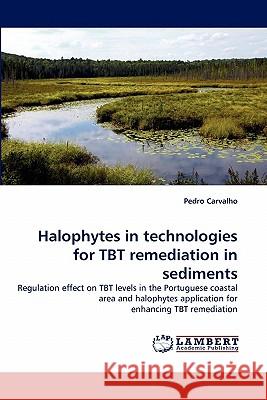Halophytes in technologies for TBT remediation in sediments » książka
Halophytes in technologies for TBT remediation in sediments
ISBN-13: 9783843357081 / Angielski / Miękka / 2010 / 60 str.
A multidisciplinary approach (covering analytical chemistry and remediation studies) for a common contaminant in worldwide sediments. Butyltin compounds (BTs) introduced into marine and estuarine environments, despite strict regulations, pose a long-term risk to their toxicity and persistency in sediments. One of the aims of this work was to determine the levels (2007/2008) of tri- (TBT), di- (DBT) and monobutyltin (MBT) in surface sediments from Portuguese coastal sites and discuss the evolution of BTs contamination in the last two decades. Comparison with available previous data confirmed a marked decrease of TBT contamination, indicating that the main sources of TBT in Portuguese coastwise stopped effectively. The capability of Halimione portulacoides, Spartina maritima, and Sarcocornia fruticosa (halophytes very commonly found in salt marshes from Mediterranean areas) for enhancing remediation of TBT from estuarine sediments was investigated. Application of halophytes in technologies for TBT remediation in sediments seems to be efficient both in-situ and ex-situ, cost effective and a non- destructive process.











